History can’t come alive if it’s erased
Amid one-dimensional debate over heritage versus health, Alan Atkinson writes how learning about family during the colony’s early days brought local history alive, and the value of preserving it.
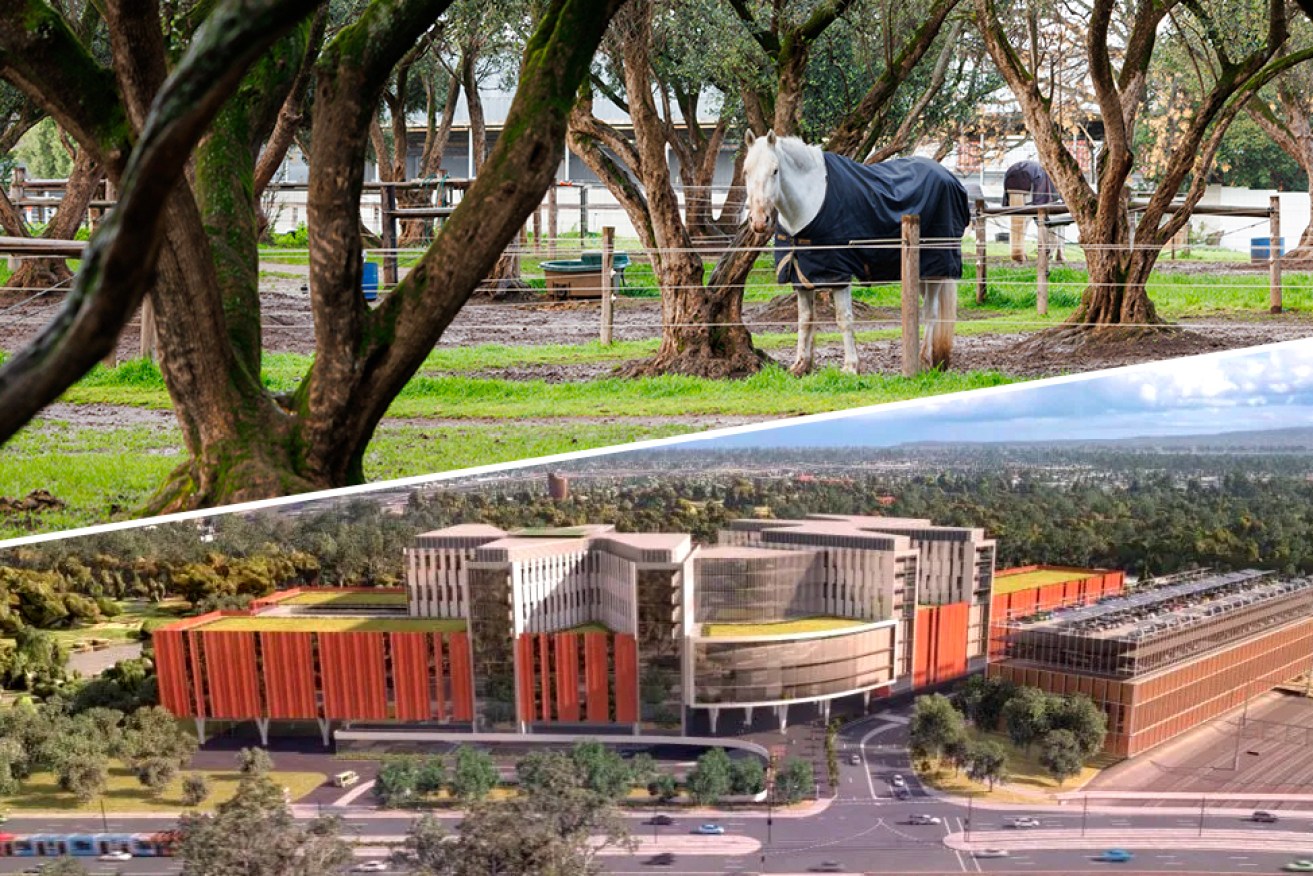
Photo: Tony Lewis/InDaily. Image: Tom Aldahn/InDaily
Let’s take a step back from the media furore over a new hospital or a piece of Adelaide history, the Thebarton Police Barracks.
Let’s forget that one newspaper is already fulminating against what it calls a self-interested minority. (I know how easy it is to fulminate. It takes a couple of hours on a keyboard).
So how do we gain some kind of other perspective and step away from convenient labels of medical and so-called government experts versus parklands nutters and heritage nay-sayers?
I think a sense of personal connection with the place where we live might help. Bear with me, as I look at Adelaide through my own recent new appreciation of ancestor lives. History, I have learned all over again, is about people.
Born in England, I’m currently writing about a former boy convict, an Adelaide hills ancestor I never knew I had until a couple of years ago. Previously only my wife’s early settler family had spiked my interest in the history of my Australian home.
His name was Billy Freeman and he arrived in Adelaide after droving cattle across country from NSW in 1838 with Charles Sturt. He was married at the historic Trinity Church on North Terrace.
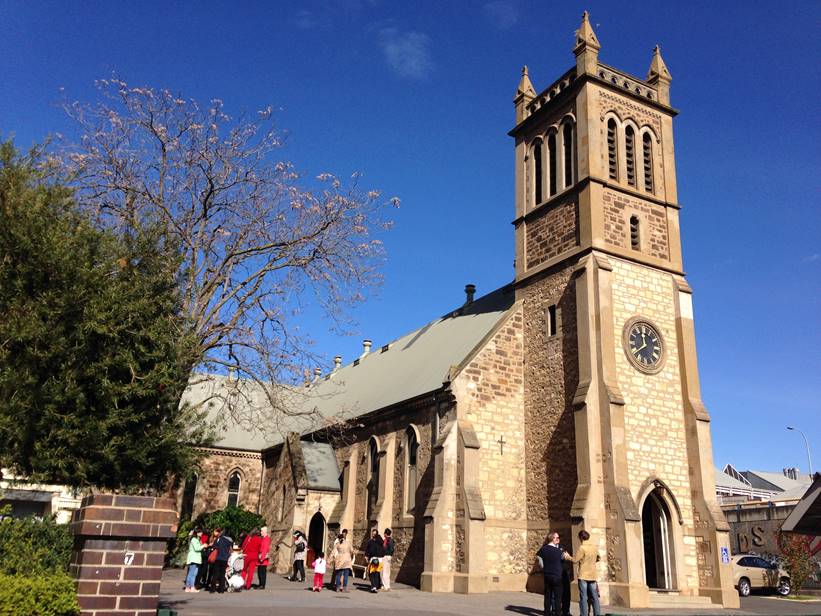
Trinity Church on North Terrace. Photo: supplied.
He is buried in Macclesfield.
Now I look at both that church and at Macclesfield in a new way. I have a personal connection.
Since learning about Billy and understanding more of South Australia’s history I have also seen the route to Goolwa and Strathalbyn, where he lived, through new eyes.
These places now belong to me – through Billy – in a way that they never did before.
So now I come down to the city as he did. Right on the parklands opposite the Newmarket Hotel on West Terrace was a place called Emigration Square – a collection of huts and tents – where Billy’s newly arrived in-laws stayed for six weeks straight off their ship, until they were turfed out to make way for new migrants. It was a tough way to start a new life.
I can imagine their struggles to make their way to the hills and farming life.
There were cattle yards on those parklands too – and Billy tended the overland herd there for Sturt’s offsider, the ebullient former whaler and sea captain Captain John Finnis. Incidentally, Finnis sold land for a German settlement in the hills – it’s called Hahndorf.
That’s another connection with a favourite place I never knew until recently. I now see Hahndorf differently.
So learning about Charles Sturt and John Finnis though Billy’s life story have given a new appreciation of Adelaide’s complicated early history. Before that, history was dry. Once you find the people, it lives!
Now let’s get to the police horses – and I have to admit I have a personal hobby-horse about this.
In his middle age, in 1862, Billy and his wife were arrested for arson by Police Trooper Paul Foelsche, then a Strathalbyn policeman. He was just one of many mounted police in South Australia – and of course his horses would have been provided from the Adelaide barracks, then in the city. (Trooper Paul Foelsche was a dominating figure in SA history – and went on to set up the police force in the Northern Territory).
Apart from Foelsche, there were scores of police horses on the beat around the state – and hundreds of police and their families with stories to tell, who preceded the many police who trained their mounts at the Thebarton barracks.
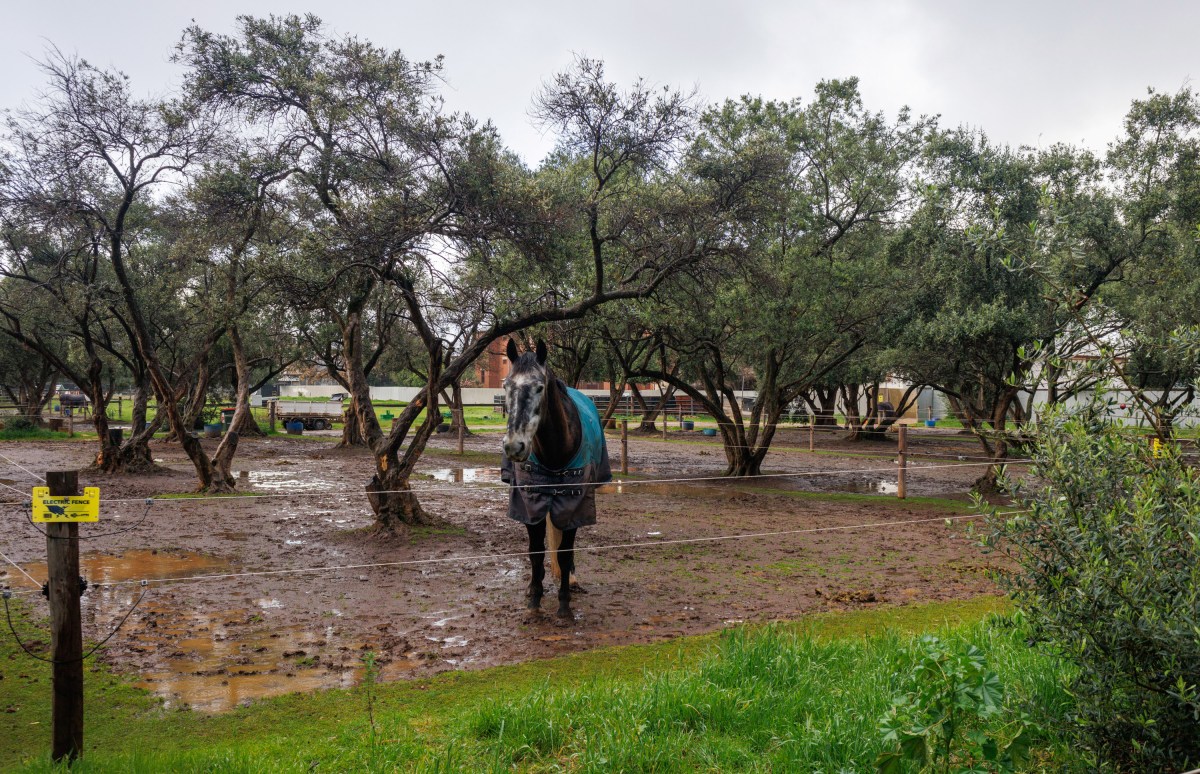
Police horses are still kept at Thebarton barracks. Photo: Tony Lewis/InDaily
My ancestor Billy ended up with his wife in Adelaide Gaol, a stone’s throw from the Police Barracks. I have visited the gaol, imagining Billy being incarcerated there. What stories could those walls tell?
But what stories could the walls of the Barracks tell too – for 100 years a key part of South Australia’s policing history.
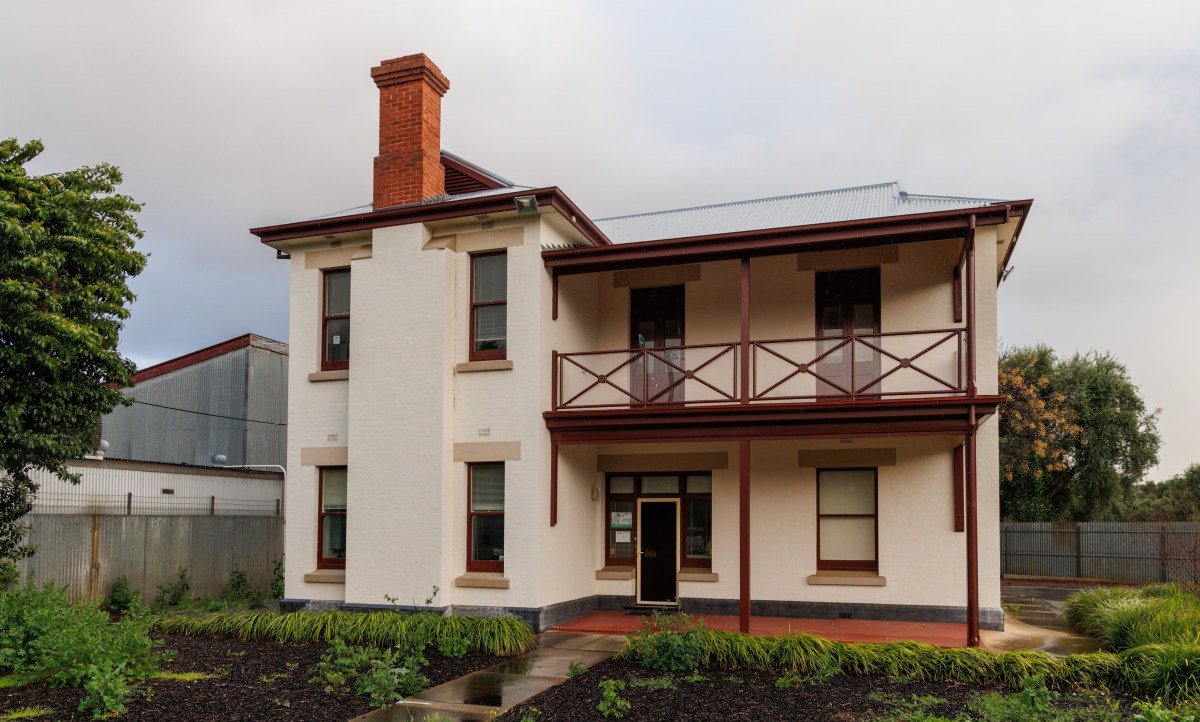
Photo: Tony Lewis/InDaily
I think that once we start to think about the people who worked and trained and lived there, with their horse and dogs, then I think it’s right – and that we owe it to those who follow us – to tell their stories.
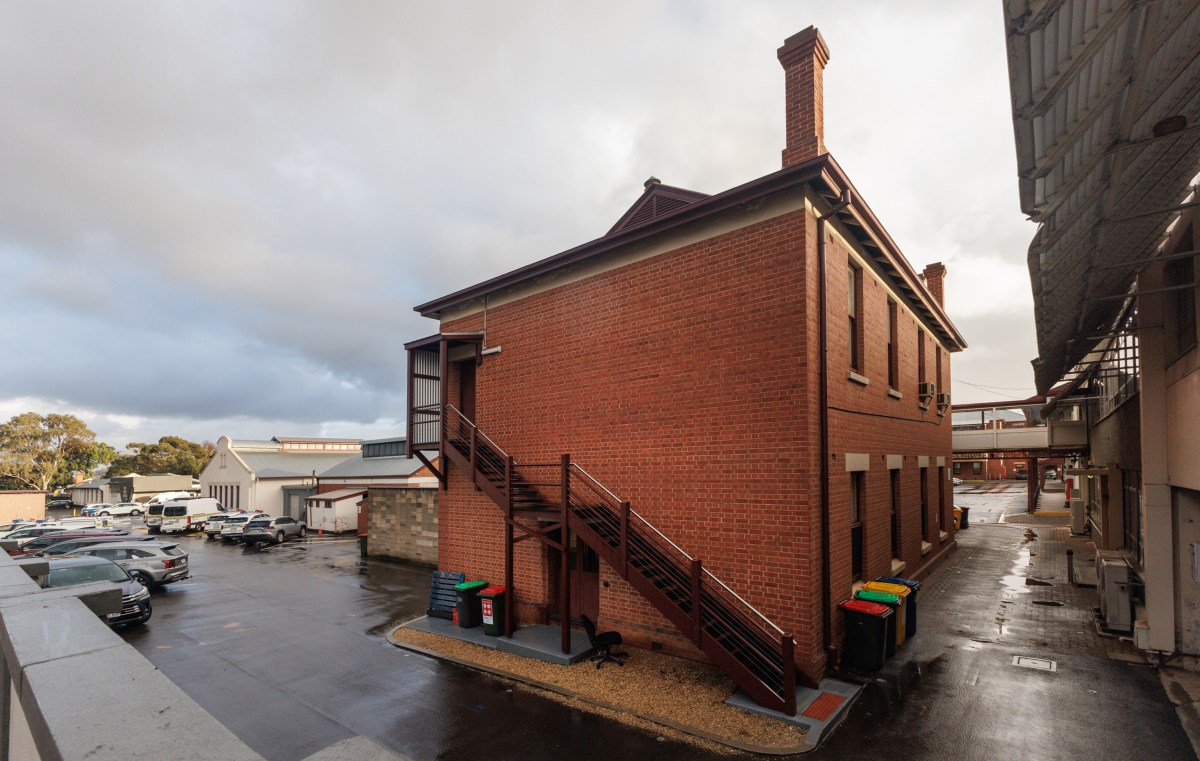
Photo: Tony Lewis/InDaily
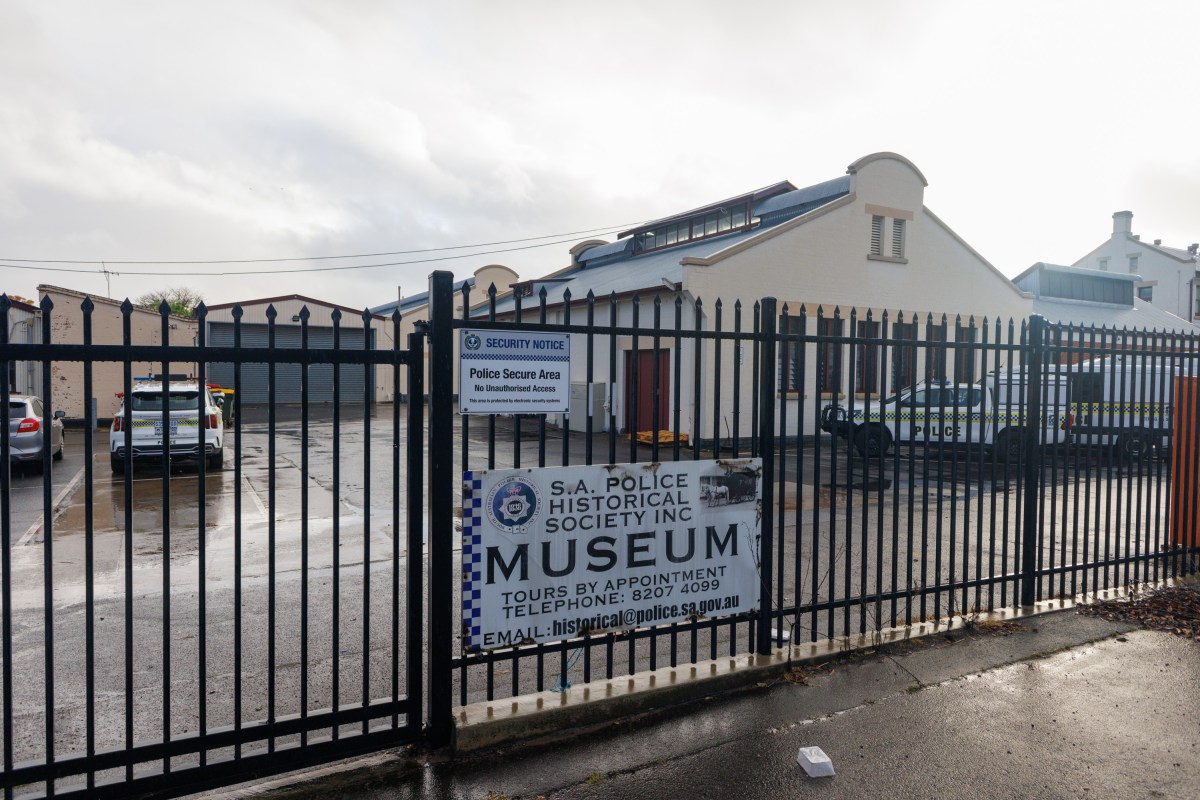
Photo: Tony Lewis/InDaily
In my view the Police Barracks and the Adelaide Gaol form a natural historical precinct where we can honour and remember those who have built this state. The barracks have so many stories to tell.
Alan Atkinson is an Adelaide journalist and writer




